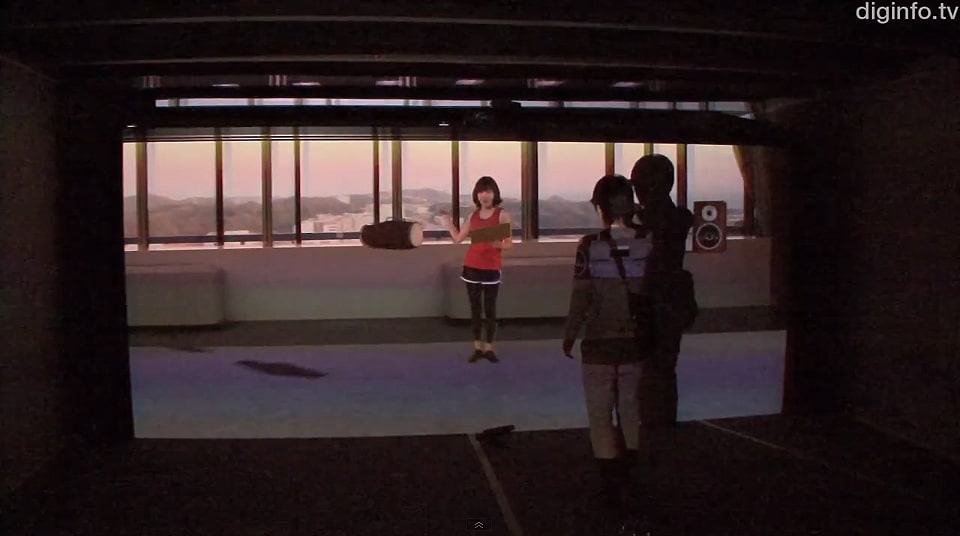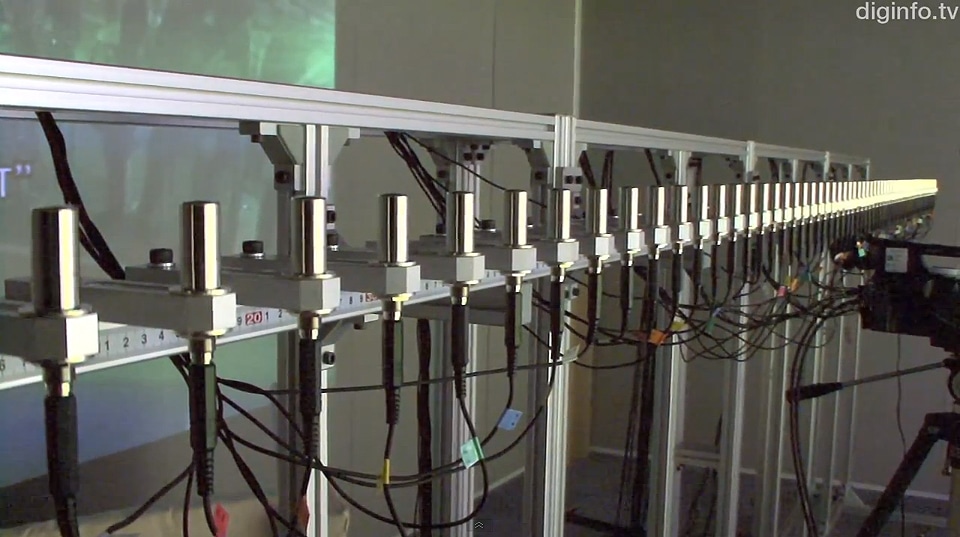Communication though the Internet has always been an appealing frontier. The enormous impact that Skype once had on how you could talk to someone anywhere in the world for free (except the cost of your internet connection) was a game-changer that is still being added to today. Communication over devices has always been somewhat limited when it comes to presence. That is something NTT would like to change with their new spatial position communication technology.
Sounds pretty fancy, doesn’t it? And by all means it is fancy. Sounds and visuals have always been the key factor to making anything look and sound real. When you are standing in front of a person talking, it’s the ability to see and hear that person in 3D that makes it real. Take that away, and you have nothing but regular communication over any ordinary device. NTT’s spatial position technology could change that in a way we haven’t seen before.
By utilizing 64 microphones and 96 speakers, the sound you would be able to hear when in this communication “hub” is unprecedented. The technology and algorithm behind this spatial position technology enables pinpointed precision when it comes to making speech sound like it’s coming from the mouth of the person on the screen. It doesn’t matter if the person on the screen or you move around, the sound will sync to your spatial position. Surround sound has tried to perfect this, but compared to this system, it’s quite aged.
The same goes for the visuals. An algorithm quickly determines where you are and changes the picture to match your location in comparison to the person on the screen. Together, the sound and visual perception make the experience ultra realistic to the point where we’d almost feel like we’re in the same room as the person we’re talking to on the other side of the world.
The progressive refinement of this spatial position technology could very well mean that future video conferencing will be taken to new heights. Don’t pay too much attention to the visuals in this demo video. NTT specifically says they are currently putting all their efforts into making the sound as realistic as possible. When that is done, they will move over to perfecting the visual aspect of this spatial position technology.


COMMENTS